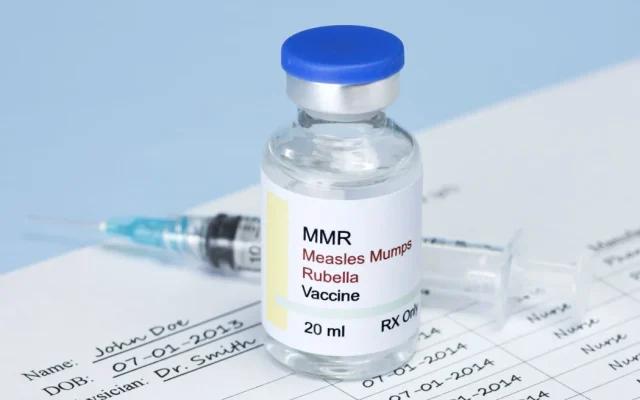The Ghana Health Service (GHS) in the Northern Region yesterday Wednesday (October 2, 2024) began a 5-day mass vaccination of children between aged 9 months to 59 months as part of the nationwide Measles-Rubella vaccination and Malaria vaccine implementation rollout.
The exercise being carried out on the theme: “Measles and Rubella kills, vaccinate your child now for good life” aims to reduce measles and rubella morbidity and mortality. It will also improve access to measles and rubella vaccination services for all children, especially those in underserved communities and high-risk districts as well as improve vitamin A uptake in children in Ghana.
Additionally, the exercise is expected to strengthen routine immunization system by using the campaign as an opportunity to integrate and deploy other childhood interventions in underserved areas and promote awareness of measles and rubella and the importance of vaccination among communities.
The Northern Regional Director of Ghana Health Service, Dr Abdulai Abukari, during a press briefing said an estimated number of four hundred and twelve thousand, nine hundred and forty-two (412,942) children are expected to be vaccinated in the region with over five million children targeted nationwide.
He noted that measles elimination is possible if population immunity is kept at more than 95% coverage over long periods through routine immunization and Supplementary Immunization Activities (SIA) such as the exercise being carried out.
Therefore, he added the primary objective of the campaign is to increase population immunity against measles and rubella by achieving at least 95% measles rubella SIA coverage rates at national and district levels.
The Director further underscored the significance of vaccination to public healthcare emphasizing that, “Vaccination has led to the eradication of smallpox, near elimination of poliomyelitis and elimination of measles in several regions of the world”.
Measles is a very dangerous disease, which either disables or kills children and it is caused by a small germ called the measles virus. The virus is transmitted through droplets containing the measles virus discharged from a patient’s mouth or nose when he/she coughs or sneezes and breathed in by another person.
An affected person is expected to experience fever, skin rash, runny nose, cough and red eyes as some typical signs and symptoms of measles. If not treated well, a child with measles can develop complications such as diarrhea, brain damage, pneumonia, blindness, deafness and death.








































